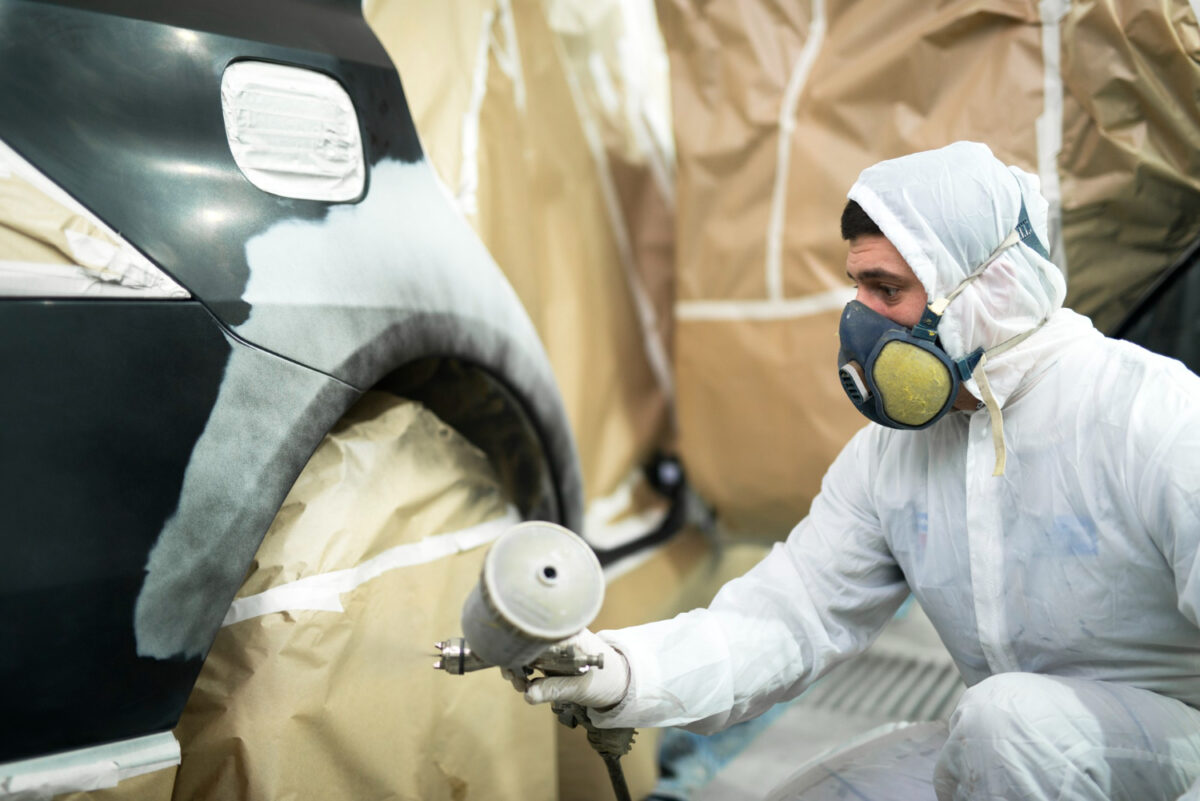Introduction
As electric vehicles (EVs) continue to grow in popularity, the auto collision repair industry must evolve to meet their unique demands. At Mann Auto Collision Centre, we understand that repairing EVs requires specialized expertise. Here’s a closer look at how EVs are reshaping the collision repair industry and why it’s crucial to choose a facility with the right tools and knowledge.
The Unique Challenges of EV Collision Repairs
EVs are more than just vehicles—they are intricate machines that rely heavily on electric systems, high-voltage batteries, and software-based controls. After a collision, these sensitive systems may sustain damage that goes beyond what meets the eye. Traditional gas-powered cars might just need structural and aesthetic repairs, but EVs require special attention to ensure their electric systems are functioning correctly. Handling these components improperly can lead to severe damage, safety risks, or costly future repairs. This is where Mann Auto Collision Centre stands out, offering the advanced care that EVs require.
High-Voltage Battery Safety
One of the most critical aspects of EV collision repairs is managing the high-voltage battery systems safely. These batteries are a vital part of the vehicle, but they also pose significant risks if they aren’t handled correctly. Mishandling high-voltage systems can lead to fires, shocks, or damage to other electrical components. At Mann Auto Collision Centre, our trained technicians follow stringent safety protocols to ensure the battery and other high-voltage parts are disconnected and reconnected safely. This ensures not only the safety of our technicians but also the integrity of your vehicle.
Specialized Tools and Equipment
Electric vehicles require tools and diagnostic equipment that are different from those used in traditional collision repairs. These tools allow for a more in-depth inspection of the vehicle’s electrical systems, ensuring that every aspect of the car—from the electric motor to the battery—operates as it should. Mann Auto Collision Centre has invested in cutting-edge equipment designed specifically for hybrid and electric vehicles. This enables our technicians to quickly and accurately diagnose issues, ensuring your EV is repaired to the highest standards.
Ongoing Training for Technicians
EV technology is rapidly evolving, which means that even skilled mechanics need continuous training to stay updated on the latest innovations. At Mann Auto Collision Centre, our technicians undergo frequent training to ensure they are proficient in the latest EV repair techniques and standards. They stay updated on the latest EV models, understanding both the mechanical and electrical systems in-depth. This makes us well-equipped to repair any electric vehicle, from minor repairs to major post-collision restorations.
Why EV Owners Need Specialized Collision Repairs
Not every auto body shop can handle the complexities of electric vehicle repairs. With EVs being more advanced, it’s essential to choose a collision center that has the right expertise and equipment. At Mann Auto Collision Centre, we are proud to be leaders in EV repairs in the Peel Region. Our specialized tools, trained technicians, and comprehensive safety protocols ensure that every repair is done to the highest standards.
Conclusion
Electric vehicles are driving innovation in the auto industry, and with that innovation comes the need for specialized care—especially after a collision. From the safe handling of high-voltage batteries to the use of cutting-edge diagnostics, repairing EVs is not a job for a standard body shop. Mann Auto Collision Centre is fully equipped to meet the demands of EV repairs, ensuring that your vehicle is not only repaired but done so safely and efficiently.
If your EV has been in an accident, trust the experts at Mann Auto Collision Centre to restore your vehicle. Contact us today for specialized, professional service that keeps your electric vehicle running smoothly and safely.




















